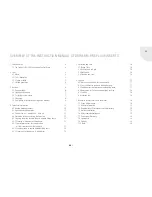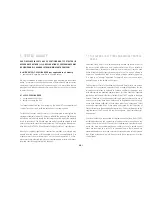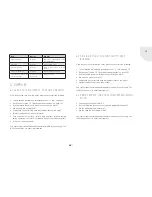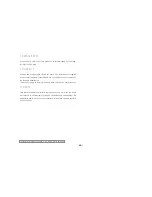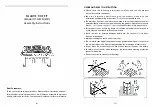
GB
GB
9
Narrow fireplace inserts are stacked with logs facing to the front, depending
on split log length and fire chamber dimensions. Wide fireplace inserts are
stacked with the long side facing to the front. Observe wood loading quanti-
ties in fireplace insert instruction manual.
4. The top layer is comprised of suitably small kindling, for which softwood
(e.g. fir) is recommended.
The quantity of kindling is selected such as to achieve high temperatures as
quickly as possible – to quickly create a draft in the chimney.
Close the fireplace insert door after 3 to 5 minutes.
8. The combustion air must be throttled as soon as the thin upper logs are
fully burned and the fire spreads to the next layer.
It may make sense at this stage to regulate the amount of air several times.
You will soon discover suitable settings as you become familiar with the
behaviour of your fireplace insert.
Two to three lighting aids (e.g. wax-soaked wood
shavings) are placed between the kindling.
6. Now close the door. Depending on the negative
pressure in the chimney, it may be useful to leave
the fireplace insert door about 3 cm ajar to allow
the fire to light properly.
7. The kindling now ignites quickly and the upper,
thinner split logs will start burning with a bright
flame. The fireplace insert door must now be closed
completely.
Turn the adjustment lever to approx. center position
(primary air closed). Should the flames become a
lot weaker, open the air supply a little again (adjust-
ment lever to the right (+)).
Or close some more (lever to the left (-)) if the fire
burns too high.
3. Fully open combustion air intake. Using the “cold
hand”, turn the adjustment lever to lighting posi-
tion, fully to the right (+).
+
-
5. Use a match to light the two to three lighting aids.



